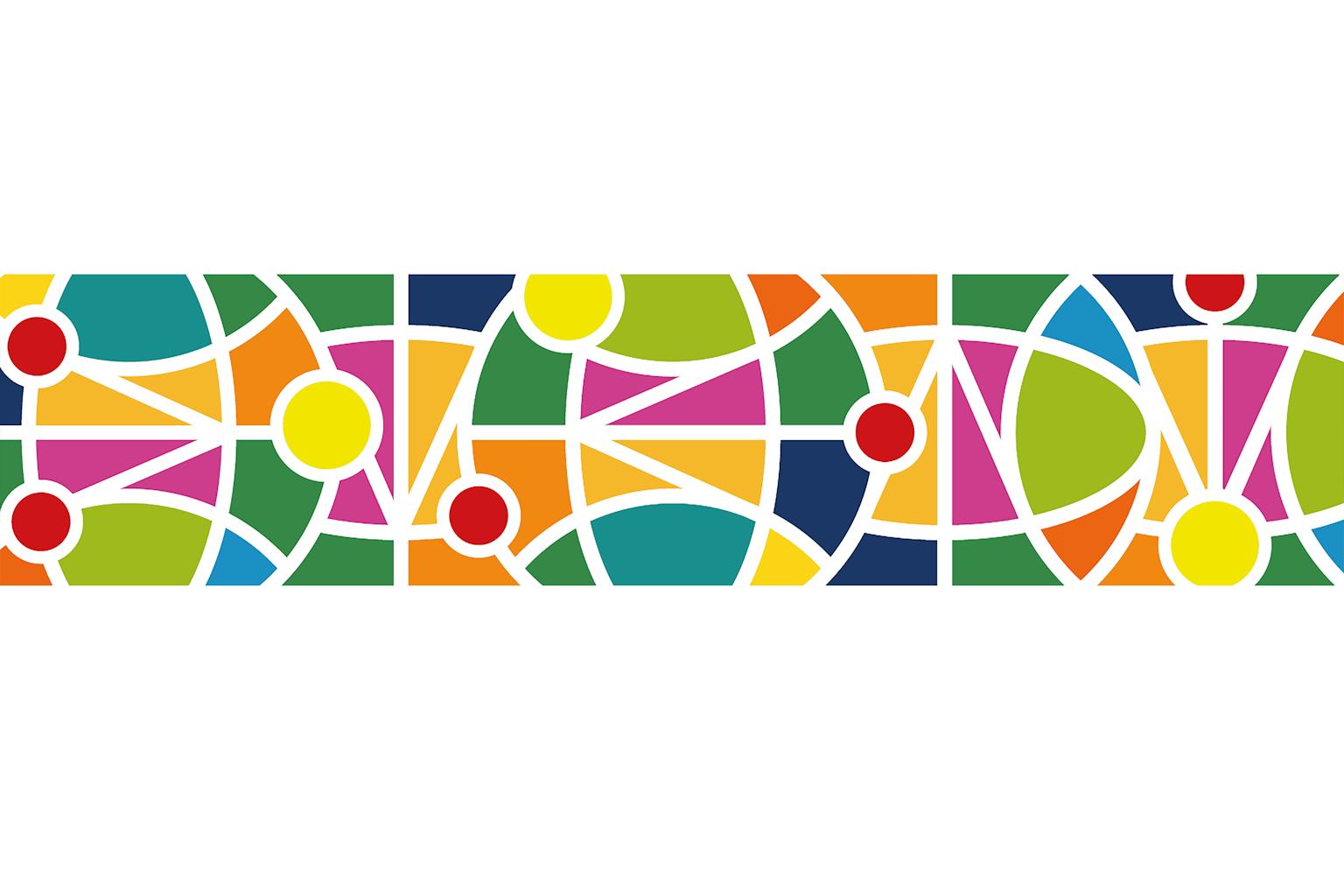A decade and a half ago, I remember being in my room, lying on my bed. I was staring at the roof (my room never had a ceiling) picturing what high school would be like. I felt a mix of excitement and anxiety about the new chapter ahead. In the corner of my room were all the shopping bags containing everything I needed for my admission. My friend joined me and among the items that caught his eye was my new calculator. For a while, we tried to learn its functions, fascinated by the idea that we would use it in class. We challenged it with the most complex math problems we could think of. That is when I learned of 'syntax error’ for the first time. Later in high school, after learning how to use the calculator, I often wished it could do more.
Fast forward to today. Technology has advanced so rapidly. What once fascinated my friend and me now seems mundane. One of these groundbreaking advancements is the upgrade Apple has introduced. The calculator is finally coming to the iPad in its upcoming iPadOS 18. This new calculator will revolutionise how we perform mathematical calculations.
The calculator can do everything a traditional calculator does. But it can also do much more. With the Apple Pencil, users can write equations directly on the iPad. Then the calculator solves them in real time using the new Smart Script feature. This means no more typing. Just write, and the iPad will interpret your handwriting instantly.
Additionally, the app includes scientific functions, graphing capabilities and unit conversions. Users can input or write equations, assign values to variables, and visualise their calculations on graphs. This transformation makes the Calculator app not just a tool for basic math but a versatile resource for tackling more complex mathematical and scientific problems.
AI technologies: Changing how we pursue learning
Apple improving the calculator is just the tip of the AI and education iceberg. A lot more is being done in this space.
For instance, with their recent announcement of ChatGPT-4o, OpenAI showed in a demo video that their new version can independently tutor a student through a math problem without giving the student the answer.
The demo video was done by Sal Khan and his son. Sal asked ChatGPT to tutor his son through a math problem. The AI started by understanding how much the student knew and then coached the student accordingly.
However, the power of ChatGPT to tutor is improved through Khanmigo. Khanmigo is an AI platform developed using ChatGPT but designed specifically for students. It is a project of Khan Academy, where Sal Khan is the founder.
Khan Academy is a free online, non-profit educational platform that delivers educational content for a myriad of subjects. Using ChatGPT capabilities and Khan Academy content, Sal Khan and his colleagues have been able to create a system that can effectively tutor a student through any subject. Because of this integration, the AI is less likely to hallucinate and mislead the student.
Furthermore, the platforms can also help the students write and debate.
Nonetheless, about 8,000 kilometres on the other side of the globe from Khan Academy headquarters, Alef Education in Abu Dhabi is changing how teachers teach and students learn through their suite of applications.
Alef systems are currently in use in over 7,000 schools worldwide and benefit over 1.1 million students. This AI-first digital learning environment is designed to adapt learning to every student's needs.
As the student is learning, the system collects data on the capabilities of the student, and then, using AI and machine learning, it recommends tasks that would benefit the student. It can also simplify the problem to a level of hardship equal to the student's capabilities.
The system also allows teachers and parents to understand when a student might need extra help to understand certain concepts. Furthermore, data collected through the system can inform school decisions and even curriculum decisions at a national level.
Alef Education is slated to launch its IPO in 2024 and currently, the IPO has received 40 times as many oversubscriptions.
How does AI help students?

- Improved engagement: AI-integrated learning engages different students at their individual levels. The choice of examples and activities can be customised to a student's liking. For instance, if a student prefers dogs to cats, the AI can adapt the examples to dog examples rather than cats. The AI can learn the topics that engage the student and use those topics as reference points while introducing new concepts.
- Individualised pace: Everyone learns at their own speed. AI understands this and lets the students take their time on tough subjects or speed up on things they find easy. Students do not feel rushed or bored at any point.
- Tailored learning experiences: AI pays attention to what a student needs help with. If they find fractions hard, AI can give them extra practice with fun games and exercises until they get it right.
- Enhanced understanding: By identifying what a student struggles with, AI can explain things in different ways until you understand. It might use videos, quizzes or interactive lessons to make things clear.
- Easy accessibility: A student can access their AI-powered learning tools from anywhere—at school, at home, or even on vacation. They can also access their school from any smart device, be it a smartphone, iPad or computer. This makes learning flexible and easy.
How does AI help teachers?
- Automating administrative tasks: Teachers have a lot to do! AI helps by taking care of tasks like grading tests or organising student records, so teachers have more time to spend with students.
- Personalising lesson plans: AI helps teachers create lesson plans that fit each student's needs. This means everyone gets the best learning experience possible.
- Curriculum development: AI helps in designing the curriculum by suggesting topics and activities that will benefit students the most, ensuring everyone learns what they need to know.
- Streamlines assessment: AI can quickly analyse test results and give feedback. This helps teachers see how a student is doing and where they might need more help.
- Improves efficiency: By handling many routine tasks, AI allows teachers to focus more on teaching and helping students. This makes the whole learning process smoother and more effective.
Wrapping up
There is no going back in terms of technological advancement. The newest entrant in this development is artificial intelligence. Although it has been there for a while, generative AI has revolutionised how we think about AI. The developments being made in the education arena are going to shape the future of education. This will require us to understand these technologies better and ensure we are integrating them productively with our daily activities.
From the revolution of the iPadOS 18 calculator to the integration of ChatGPT into Khan Academy to create Khanmigo to the revolutionary Alef education, AI is set to take education to another level.
However, there is a conversation to be had on how these technologies will affect education in Africa. The proponents of the technology call it the great equaliser, while the sceptics point out that it might increase the divide between first- and third-world countries.
In the next article, we will dive deeper to understand how this technology might translate in Africa while highlighting the various technologies being developed on the continent.





